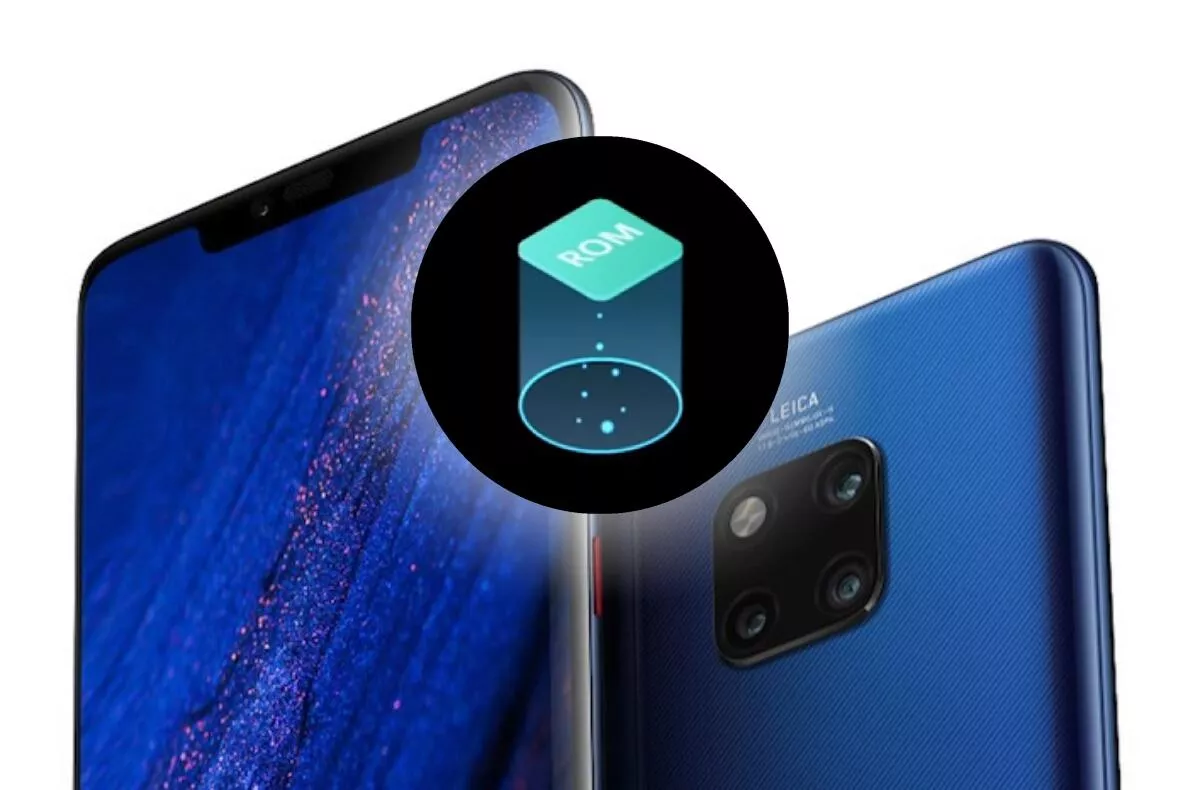The Game Boy could have a keyboard and feature a small PDA -apkrig
Game historian Liam Robertson publishing his videos on the YouYouKnowGaming YouTube channel? he took care of a little holiday sensation. He managed to track down a lost expansion for Game Boy, which was to turn a popular gaming handheld into a small digital assistant. The add-on, aptly named Work Boy, first appeared at CES in 1992, and enthusiastic articles about it have been published by a number of gaming magazines. As soon as the device appeared, it suddenly disappeared from the world, joined along with other curious hardware extensions, and after three decades, it was almost forgotten. However, in a new, almost half-hour video, Robertson describes what path he had to take to get Work Boy and provides another fascinating testimony to the game’s history with many unsuspected details.
Liam Robertson’s search began with Nintendo Power magazine, which in the early 1990s provided a detailed description of the planned expansion. The two-page photo, which can be easily found on the Internet, described the various features and applications of Work Boy, along with a mention of the five language versions available. According to Robertson, two companies were behind the production of the extension – the British Source Research and Development, which designed the equipment, and the American – Fabtek – which was to produce Work Boy. Nintendo was included in the whole initiative as the entity that was to license the device, which is confirmed by the registration of the trademark in 1992. At the then CES was also present a small Fabtek stand, where the first visitors could try a prototype, which was subsequently written about in other magazines and also appeared in the British video game show GamesMaster, where it was named one of the most promising extensions for Game Boy.
The main driver was to be interested in demonstrating to parents and grandparents of small players that the Game Boy is not just for them and that it can be really useful beyond the games.
But Robertson didn’t want to stay there, so he began to seek contact with someone who was really at the birth of Work Boy. He was guided by several names that were mentioned in period articles, and one of them belonged to the founder of Source R&D and at the same time to the architect of Work Boy Eddie Gill. Robertson contacted him to learn some new information, namely release plans in late 1992 and early the following year and the $ 79-89 price range for which Work Boy was to be sold. And although Gill didn’t want to go into detail about why Game Boy hadn’t become a working tool in the end, he advised Robertson to contact another person who might know something – Fabtek founder Frank Ballouz. Gill also added that Ballouz is most likely the only one – with the exception of Nintendo – who has the prototype Work Boy and Robertson did not hesitate for a moment.
Ballouz confirmed to him over the phone everything Gill had told him before and talked about the reasons why they actually decided to develop Work Boy and why the production did not take place in the end. The main driver was to be interested in demonstrating to parents and grandparents of small players that the Game Boy is not just for them and that it can be really useful beyond the games. The reason for the failure then became a price which, after the planned reduction in the price of the Game Boy, would probably be higher than the basic equipment, and this was not sustainable for Ballouz. But then he mentioned the happier news in the speech – that he was looking at just one working prototype, and it wasn’t long before Robertson asked Ballouze if he would show him the device. The historian immediately received several photos and agreed with the founder Fabetka that the device probably works, but Ballouz himself could not confirm it, because no Game Boy was on hand. And when Robertson offered to send him a handheld, the other side came up with a simpler idea…
The historian began contacting other members of previous development teams to eventually access the software due to a recent data leak directly from Nintendo.
This is how Work Boy got into the hands of historians and comes a comprehensive test and impressions of the use of a still functional device that has survived several voyages across the ocean and a number of presentations. But before the features were made available, Robertson had to figure out how to launch the device, revealing that the package was supposed to include his own cartridge with the applications described above. However, this was not entirely clear from the advertisements of the time, and everything seemed to be magical work as soon as the Work Boy connects to the console. That’s why the historian began contacting other members of previous development teams to eventually access the software due to a recent data leak directly from Nintendo. Coincidentally, there was really Work Boy software among the stolen files and folders, which Robertson describes as hard to believe.
So as Robertson found out, Work Boy offered clocks in both analog and digital formats, along with an adjustable alarm clock. Other applications were a calculator, controlled by the Work Boy keyboard, a contact directory and a list of phone numbers. At this point, Work Boy could also serve as phone, when it made the appropriate sound into the handset of the actual phone, thus calling the phone number. But there was also a thermometer, a converter of physical quantities and currencies, a small translator, a world map with marked large cities and a player of approximately 12 national anthems. Even such could have been memories of one of the most popular platforms of all time, not only in the world of video games, but the fate of companies and devices is determined by coincidences and seeming little things, which we let ourselves be fascinated with indefinitely.



